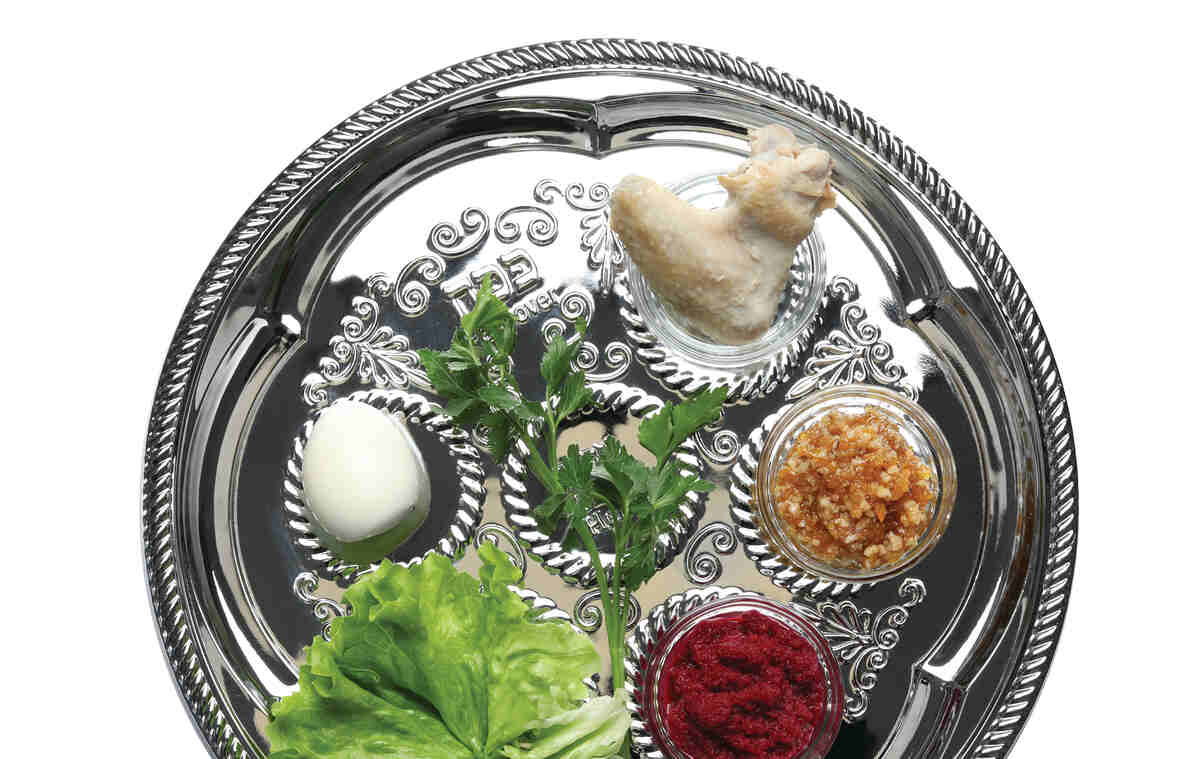There is a phrase from Isaiah that I find particularly relevant these days… “Woe to those who call evil good and good evil, who present darkness as light and light darkness, who present bitter as sweet and sweet bitter.” (Isaiah 5:20)
On Passover, we eat maror and chazeret (bitter herbs) to remind us of the bitterness of slavery, but why do we have two different items for this? And why do we use romaine lettuce or endives, which are completely bland, as bitter herbs?
I did a deep dive to find answers to these questions online, but the closer I got to the bottom, the murkier the waters became. I remember a moment in my time in Israel, when a young woman plucked out of the cliff what looked like a weed and said, “Eitan, you know what this is? This is the real chazaret, the real maror.”
I had thought that horseradish had been used as maror since the beginning of time. Well, actually, I had never really thought about it. I learned that as Ashkenazi Jews were moving further north into Europe, it became more difficult to get fresh greens at this time of year while horseradish root was accessible. In fact, its use faced some rabbinic opposition because the roots were eaten and not the leafy stems.
In our modern grocery stores, we are certainly no longer limited to the growing climate of Northern Europe. However, it would be very hard to find Israeli wild lettuce in any grocery store in America. Rashi believed that any bitter herb can be called for maror, so I go with that because I always liked him.
I could go deeper and deeper into this subject, which I find so fascinating. What I love about the idea of wild, bitter lettuce is that it grows in harsh, unexpected conditions… kind of like the Jewish people. For me, it’s the taste of resilience.
You know they say that when life gives you lemons, you make lemonade. Well, when Passover gives you maror, you make… yogurt.
This recipe is supposed to be made with Israeli chazeret (wild lettuce). However, I used mustard greens instead. First thing you want to do is salt your greens. After a day in the fridge, this will draw some of the water and bitter flavor out. Give it a good squeeze and mix it with Greek yogurt. I recommend also adding lemon juice. For a thicker consistency, first strain the Greek yogurt for a day in the fridge.
Over time, the flavors of the herb and yogurt will marry, and it will pair well with any umami flavor. You can even use a vegan yogurt as a sauce for Israeli ketzitzot (meatballs) or smear some onto a cheese sandwich. On one recent morning, I ate my eggs with it.
Chag Sameach everyone, and may you know the difference between sweet and bitter. B’tai Avon!
Maror and Chazeret: What is the deal?!

